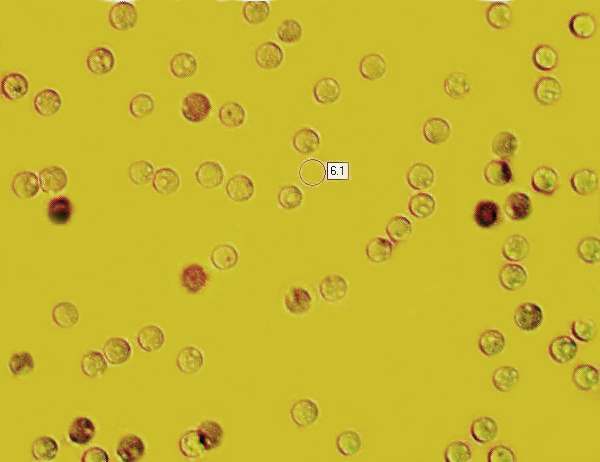Lyophyllum decastes (Fr.) Singer - Clustered Domecap
Phylum: Basidiomycota - Class: Agaricomycetes - Order: Agaricales - Family: Lyophyllaceae
Distribution - Taxonomic History - Etymology - Identification - Culinary Notes - Reference Sources
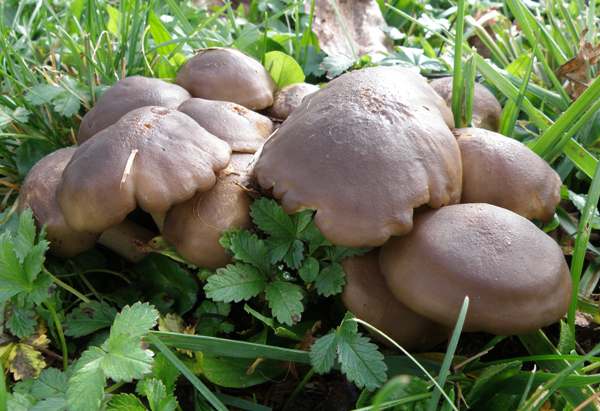
Varying greatly in size and cap colour, these clump-forming mushrooms are very common in deciduous woodland and under trees in parks. Like many other members of the genus Lyophyllum, the Clustered Domecap seems to thrive on soil disturbance.
One of the old common names for this fairly common mushroom is the Fried Chicken fungus, and from the name you will guess that it is highly regarded as an edible species.
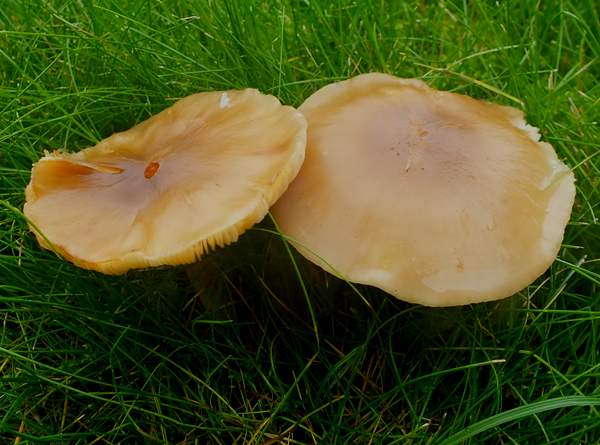
Distribution
In Britain and Ireland the Clustered Domecap is an occasional find, but being such a gregarious mushroom there are usually several largish clumps in places where it does occur. This species is found throughout Europe and in many other parts of the world including North America.
Taxonomic history
This forest fungus was described in scientific literature in 1818 by the great Swedish mycologist Elias Magnus Fries, who gave it the binomial name Agaricus decastes . (Most gilled fungi were placed in the Agaricus genus in the early days of fungal taxonomy, but the majority have since been relocated to new genera.) In 1949, German-born American mycologist Rolf Singer transferred this species to the genus Lyophyllum, thus establishing its currently-accepted scientific name as Lyophyllum decastes.
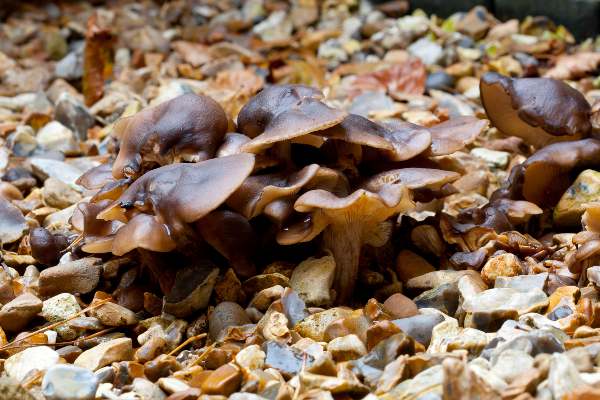
Synonyms of Lyophyllum decastes include Agaricus aggregatus Schaeff., Agaricus molybdinus Bull., Agaricus decastes Fr., Clitocybe decastes (Fr.) P. Kumm., Clitocybe molybdina (Bull.) P. Kumm., Clitocybe aggregata (Schaeff.) Gillet, Agaricus subdecastes Cooke & Massee, Tricholoma aggregatum (Schaeff.) Costantin & Dufour, Clitocybe subdecastes (Cooke & Massee) W.G. Sm., and Lyophyllum aggregatum (Schaeff.) Kühner.
Etymology
The specific epithet decastes comes from Latin and means occurring 'in tens' (as, of course, does the word 'decades', which comes from the same Latin root). It is quite surprising how often groups of exactly ten of these mushrooms are found... but then again, maybe we are always more likely to find what we are actively looking for - pattern recognition is very helpful when hunting for fungi!
Identification guide
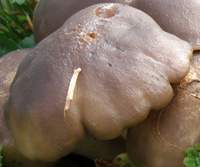 |
Cap4 to 10cm across; convex but sometimes only shallowly domed, usually irregular and sometimes extremely distorted, margins often scalloped; cap peels easily; smooth, shiny; various shades of grey-brown. |
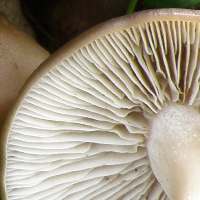 |
GillsAdnate; crowded; very pale grey, becoming slightly ochraceous with age. Stem4 to 8cm long and 0.8 to 1.8cm diameter; tough; longitudinally fibrillose; usually curved, as several stems meet at the base; base usually swollen or slightly clavate; off-white to grey-brown; no ring. |
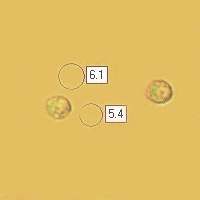 |
SporesSubglobose, smooth, 5.5-7 x 5-6.5µm. Show larger imageSpore printWhite. |
Odour/taste |
Odour not significant; taste mild but not distinctive. |
Habitat & Ecological role |
On disturbed soil rich in leaf litter in and particularly on grassy edges of deciduous broadleaf woodland. |
Season |
July to November in Britain and Ireland. |
Similar species |
The Clustered Domecap could be confused with many other brown-capped woodland fungi including the Cucumber Cap, Macrocystidia cucumis, which is distinguished by its unusual odour of cucumber and its cream-to-beige gills, which are free rather than being attached to the stem. |
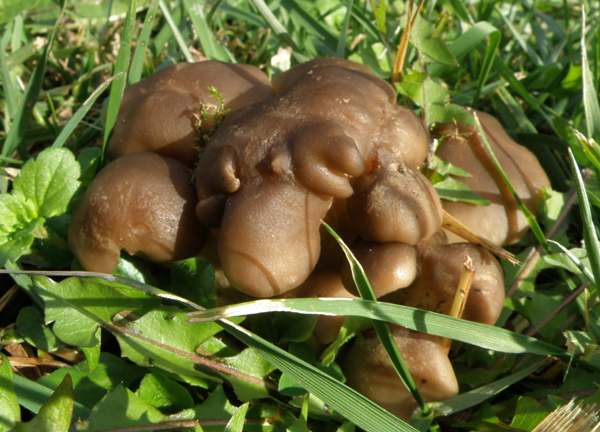
Culinary notes
Although generally considered to be a good edible mushroom, the Clustered Domecap has been known to cause stomach upsets. For this reason it is not on our recommended list and should, we suggest, be treated with some caution.
Reference Sources
Fascinated by Fungi, 2nd Edition, Pat O'Reilly 2016, reprinted by Coch-y-bonddu Books in 2022.
British Mycological Society, English Names for Fungi
Dictionary of the Fungi; Paul M. Kirk, Paul F. Cannon, David W. Minter and J. A. Stalpers; CABI, 2008
Taxonomic history and synonym information on these pages is drawn from many sources but in particular from the British Mycological Society's GB Checklist of Fungi.
Acknowledgements
This page includes pictures kindly contributed by David Kelly.
Fascinated by Fungi. Back by popular demand, Pat O'Reilly's best-selling 450-page hardback book is available now. The latest second edition was republished with a sparkling new cover design in September 2022 by Coch-y-Bonddu Books. Full details and copies are available from the publisher's online bookshop...
